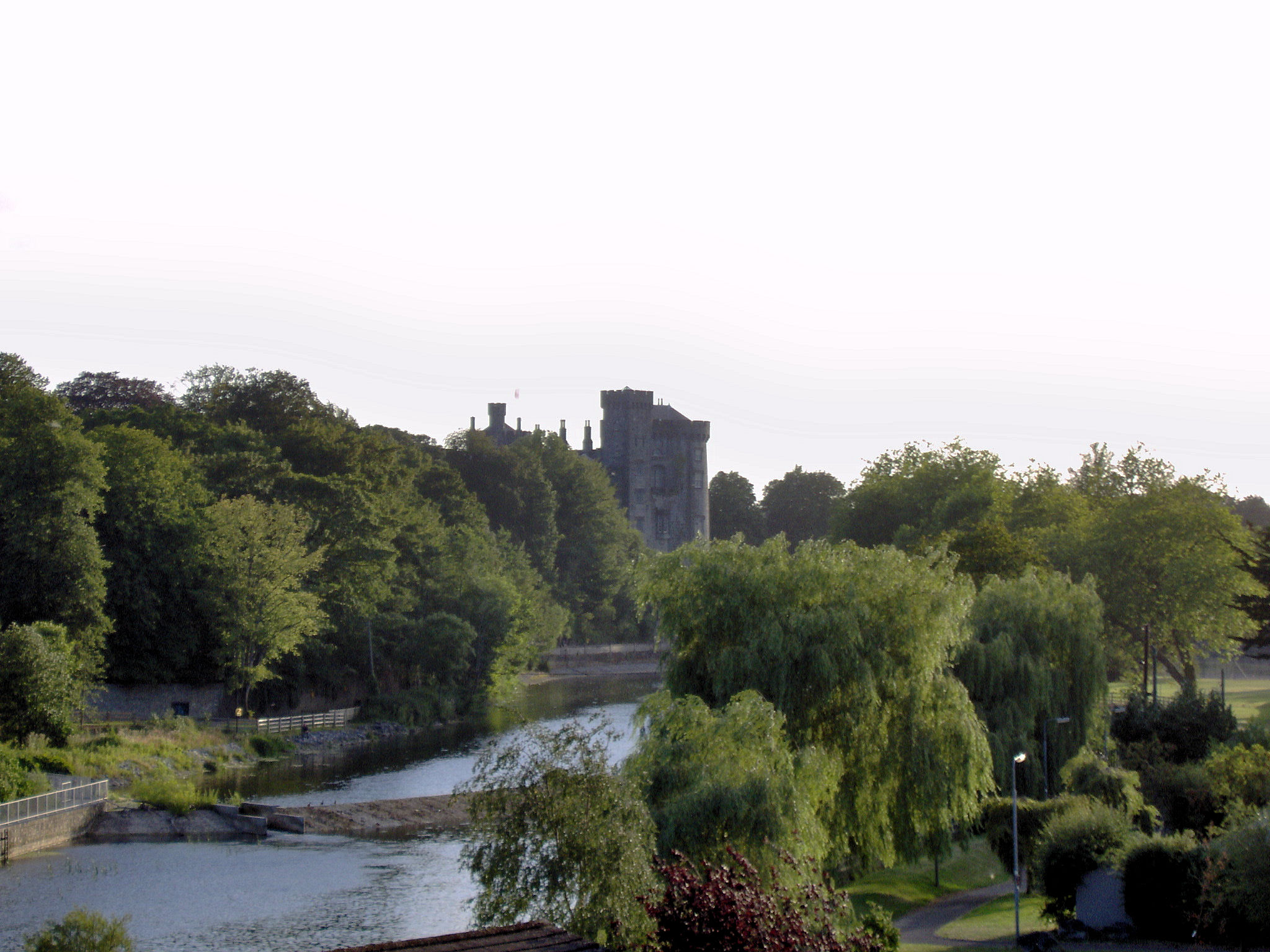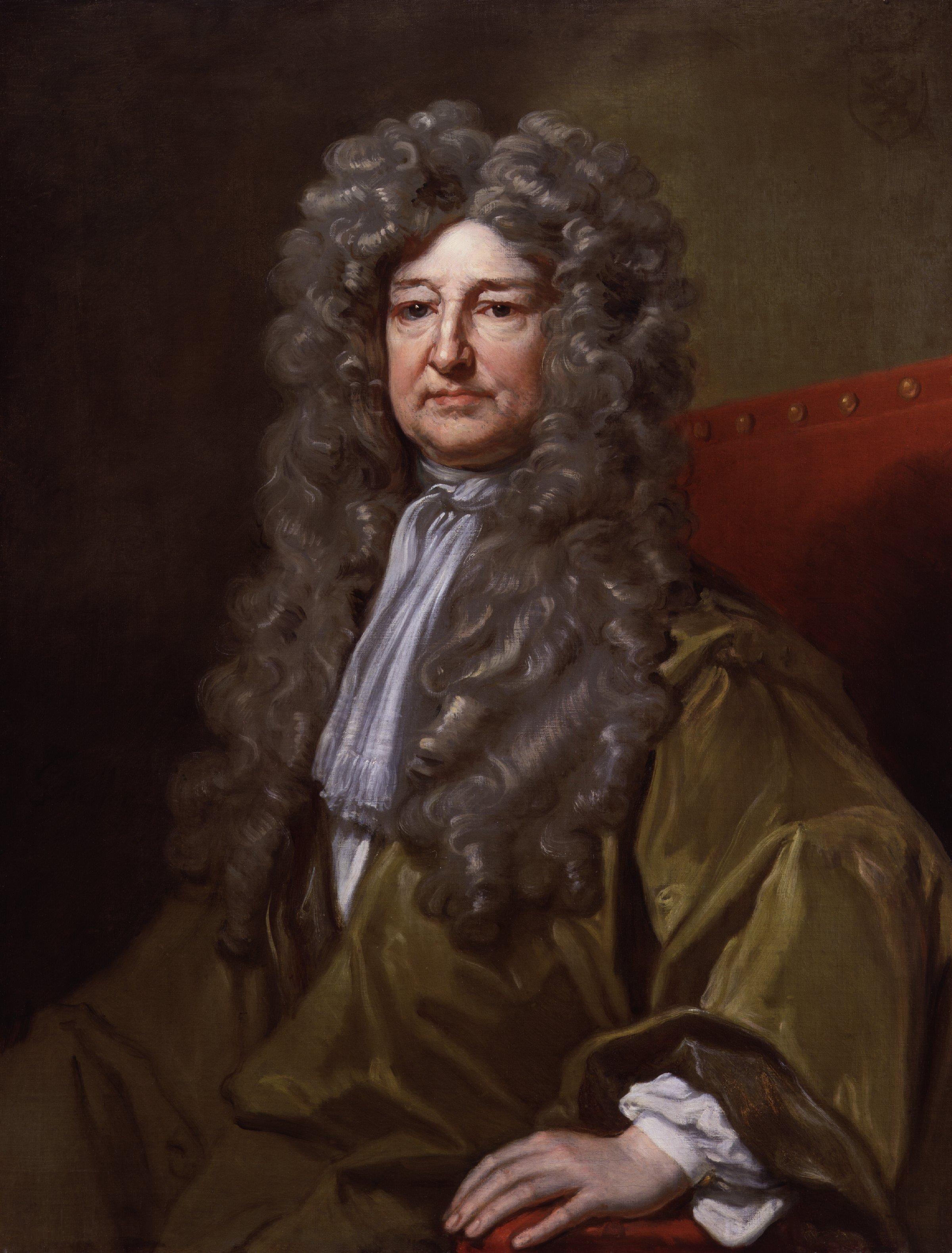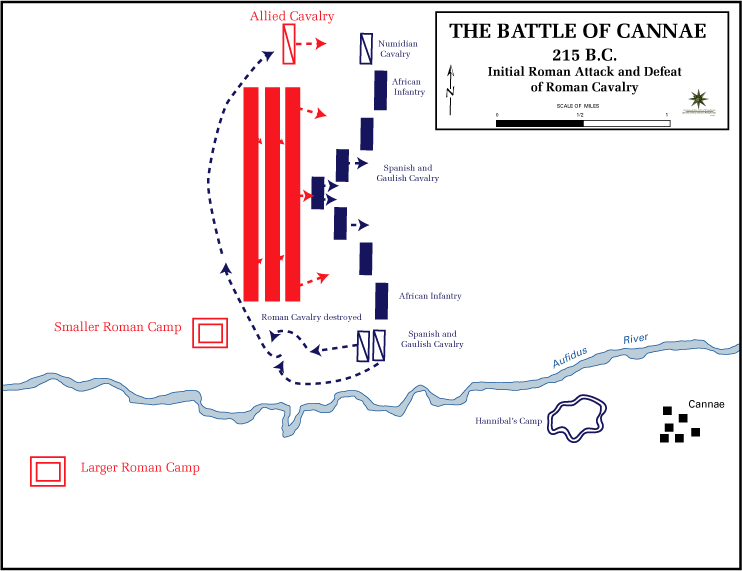|
Prince Of Carbery
Carbery, or the Barony of Carbery, was once the largest barony in Ireland, and essentially a small, semi-independent kingdom on the southwestern coast of Munster, in what is now County Cork, from its founding in the 1230s by Donal Gott MacCarthy to its gradual decline in the late 16th and early 17th centuries. His descendants, the MacCarthy Reagh dynasty, were its ruling family. The kingdom officially ended in 1606 when Donal of the Pipes, 17th Prince of Carbery chose to surrender his territories to the Crown of England; but his descendants maintained their position in Carbery until the Cromwellian confiscations, following their participation in the Irish Rebellion of 1641 after which some emigrated to the Chesapeake Colonies. Its modern descendants in name are the baronies of Carbery West and Carbery East, but Carbery once included territories from several of the surrounding baronies as well. To the north/northwest it shared a long and shifting border with the Kingdom of Desmon ... [...More Info...] [...Related Items...] OR: [Wikipedia] [Google] [Baidu] |
MacCarthy
MacCarthy ( ga, Mac Cárthaigh), also spelled Macarthy, McCarthy or McCarty, is an Irish clan originating from Munster, an area they ruled during the Middle Ages. It was divided into several great branches; the MacCarthy Reagh, MacCarthy of Muskerry, and MacCarthy of Duhallow dynasties were the three most important of these. Their name, meaning "son of Cárthach" (whose name meant "loving"), is a common surname that originated in Ireland. As a surname, its prevalent spelling in the English language is McCarthy. Several variants are found, such as McCarty (most common in North America) as well as Carthy and Carty (though these latter are also the Anglicization of an unrelated name, ''Ó Cárthaigh''). Sixty percent of people with the surname in Ireland still live in County Cork where the family was very powerful in the Middle Ages. Naming conventions History The origin of the name begins with Carthach, an Eóganacht Chaisil king, who died in 1045 in a house fire delibera ... [...More Info...] [...Related Items...] OR: [Wikipedia] [Google] [Baidu] |
Cromwellian Conquest Of Ireland
The Cromwellian conquest of Ireland or Cromwellian war in Ireland (1649–1653) was the re-conquest of Ireland by the forces of the English Parliament, led by Oliver Cromwell, during the Wars of the Three Kingdoms. Cromwell invaded Ireland with the New Model Army on behalf of England's Rump Parliament in August 1649. Following the Irish Rebellion of 1641, most of Ireland came under the control of the Irish Catholic Confederation. In early 1649, the Confederates allied with the English Royalists, who had been defeated by the Parliamentarians in the English Civil War. By May 1652, Cromwell's Parliamentarian army had defeated the Confederate and Royalist coalition in Ireland and occupied the country, ending the Irish Confederate Wars (or Eleven Years' War). However, guerrilla warfare continued for a further year. Cromwell passed a series of Penal Laws against Roman Catholics (the vast majority of the population) and confiscated large amounts of their land. As punishment ... [...More Info...] [...Related Items...] OR: [Wikipedia] [Google] [Baidu] |
John Vaughan, 3rd Earl Of Carbery
John Vaughan, 3rd Earl of Carbery KB, PRS (baptised 8 July 1639 – 12 January 1713), styled Lord Vaughan from 1643 to 1686, was a Welsh nobleman and colonial administrator who served as the governor of Jamaica between 1675 and 1678. Life He was the second son of Richard Vaughan, 2nd Earl of Carbery, and his second wife Frances (c.1621 – 9 October 1650), daughter of Sir John Altham of Oxhey, Watford, Hertfordshire. He inherited his title and the Carmarthenshire estate (Golden Grove) in 1686 on the death of his father. His elder brother Francis had already died. He was invested as a Knight, Order of the Bath (KB) in April 1661. He was Member of Parliament (MP) for Carmarthen between 1661 and 1679 and again for Carmarthenshire between 1679 and 1689. He served as the governor of Jamaica from 1674 to 1678. His deputy was the celebrated privateer and fellow Welshman Sir Henry Morgan. During his tenure as governor, he unsuccessfully tried to defeat the Jamaican Maroons, who wer ... [...More Info...] [...Related Items...] OR: [Wikipedia] [Google] [Baidu] |
John Vaughan, 1st Earl Of Carbery
John Vaughan, 1st Earl of Carbery (1574 or 1575 – 6 May 1634) was a Welsh courtier and politician who sat in the House of Commons in 1601 and from 1621 to 1622. He served Robert Devereux, 2nd Earl of Essex, and later Prince Charles, heir to the throne of King James I. However, his career ended when the Prince acceded to the throne in 1625, and he later estimated that serving the Prince had cost him £20,000, which went unrecompensed. Early life Born to a Carmarthenshire family, Vaughan was the son of Walter Vaughan of Golden Grove, Llandeilo (who died 1597), Walter Vaughan, accessed January 2015 and his wife Katherine, a daughter of Gruffydd ap Rhys of Dinefwr Castle, Dinefwr. His Vaughan grandfather, another John, was the first ... [...More Info...] [...Related Items...] OR: [Wikipedia] [Google] [Baidu] |
Earl Of Carbery
Earl of Carbery, in the County of Cork, was a title in the Peerage of Ireland. It was created on 5 August 1628 for the Welsh courtier and politician John Vaughan, 1st Baron Vaughan. He had already been created Baron Vaughan, of Mullingar in the County of Westmeath, on 13 July 1621, also in the Peerage of Ireland. He was succeeded by his son, Richard, the second Earl. He fought as a Royalist in the English Civil War. On 25 October 1643 Charles I created him Baron Vaughan, of Emlyn in the County of Carmarthen, in the Peerage of England, which entitled him to a seat in the English House of Lords. His eldest son Francis Vaughan, Lord Vaughan sat as Member of Parliament for Carmarthen but predeceased his father. Lord Carbery was therefore succeeded by his second son, John, the third Earl. He notably served as Governor of Jamaica between 1675 and 1678 and as President of the Royal Society between 1686 and 1689. He had no surviving male issue and the titles became extinct on his death i ... [...More Info...] [...Related Items...] OR: [Wikipedia] [Google] [Baidu] |
Pitched Battle
A pitched battle or set-piece battle is a battle in which opposing forces each anticipate the setting of the battle, and each chooses to commit to it. Either side may have the option to disengage before the battle starts or shortly thereafter. A pitched battle is not a chance encounter such as a meeting engagement, or where one side is forced to fight at a time not of its choosing such as happens in a siege or an ambush. Pitched battles are usually carefully planned, to maximize one's strengths against an opponent's weaknesses, and use a full range of deceptions, feints, and other manoeuvres. They are also planned to take advantage of terrain favourable to one's force. Forces strong in cavalry for example will not select swamp, forest, or mountain terrain for the planned struggle. For example, Ancient Carthage, Carthaginian general Hannibal selected relatively flat ground near the village of Cannae for his great confrontation with the Romans, not the rocky terrain of the high Apen ... [...More Info...] [...Related Items...] OR: [Wikipedia] [Google] [Baidu] |
Spain
, image_flag = Bandera de España.svg , image_coat = Escudo de España (mazonado).svg , national_motto = '' Plus ultra'' ( Latin)(English: "Further Beyond") , national_anthem = (English: "Royal March") , image_map = , map_caption = , image_map2 = , capital = Madrid , coordinates = , largest_city = Madrid , languages_type = Official language , languages = Spanish , ethnic_groups = , ethnic_groups_year = , ethnic_groups_ref = , religion = , religion_ref = , religion_year = 2020 , demonym = , government_type = Unitary parliamentary constitutional monarchy , leader_title1 = Monarch , leader_name1 = Felipe VI , leader_title2 = Prime Minister , leader_name2 = Pedro Sánchez , legislature = ... [...More Info...] [...Related Items...] OR: [Wikipedia] [Google] [Baidu] |
France
France (), officially the French Republic ( ), is a country primarily located in Western Europe. It also comprises of overseas regions and territories in the Americas and the Atlantic, Pacific and Indian Oceans. Its metropolitan area extends from the Rhine to the Atlantic Ocean and from the Mediterranean Sea to the English Channel and the North Sea; overseas territories include French Guiana in South America, Saint Pierre and Miquelon in the North Atlantic, the French West Indies, and many islands in Oceania and the Indian Ocean. Due to its several coastal territories, France has the largest exclusive economic zone in the world. France borders Belgium, Luxembourg, Germany, Switzerland, Monaco, Italy, Andorra, and Spain in continental Europe, as well as the Netherlands, Suriname, and Brazil in the Americas via its overseas territories in French Guiana and Saint Martin. Its eighteen integral regions (five of which are overseas) span a combined area of ... [...More Info...] [...Related Items...] OR: [Wikipedia] [Google] [Baidu] |
Earldom Of Desmond
Earl of Desmond is a title in the peerage of Ireland () created four times. When the powerful Earl of Desmond took arms against Queen Elizabeth Tudor, around 1578, along with the King of Spain and the Pope, he was confiscated from his estates, some 574 628 acres of land. Since 1640 the title has been held by the Feilding family as a secondary title of the Earl of Denbigh. History of the Title Barony of Desmond The original Barony of Desmond in the province of Munster was held by descendants of Thomas FitzMaurice, Lord OConnello. Thomas was the eldest son of Maurice FitzGerald, Lord of Lanstephan and he was a key supporter of the Lord of Pembroke known as ("Strongbow") in his 1169 invasion of Ireland. Maurice FitzGerald, Lord of Lanstephan was the founder of the FitzMaurice/FitzGerald Dynasty in Ireland. Being descended from the eldest son of Maurice FitzGerald, Lord of Lanstephan, the House of Desmond was a cadet branch of the famous Geraldines; the senior branch, the House ... [...More Info...] [...Related Items...] OR: [Wikipedia] [Google] [Baidu] |
MacCarthy Dynasty
MacCarthy ( ga, Mac Cárthaigh), also spelled Macarthy, McCarthy or McCarty, is an Irish clan originating from Munster, an area they ruled during the Middle Ages. It was divided into several great branches; the MacCarthy Reagh, MacCarthy of Muskerry, and MacCarthy of Duhallow dynasties were the three most important of these. Their name, meaning "son of Cárthach" (whose name meant "loving"), is a common surname that originated in Ireland. As a surname, its prevalent spelling in the English language is McCarthy. Several variants are found, such as McCarty (most common in North America) as well as Carthy and Carty (though these latter are also the Anglicization of an unrelated name, ''Ó Cárthaigh''). Sixty percent of people with the surname in Ireland still live in County Cork where the family was very powerful in the Middle Ages. Naming conventions History The origin of the name begins with Carthach, an Eóganacht Chaisil king, who died in 1045 in a house fire deliberate ... [...More Info...] [...Related Items...] OR: [Wikipedia] [Google] [Baidu] |
Kingdom Of Desmond
The Kingdom of Desmond () was a historic kingdom in southwestern Ireland. It was founded in 1118 by Tadhg Mac Cárthaigh, King of Munster when the Treaty of Glanmire formally divided the Kingdom of Munster into Desmond and Thomond (, "North Munster"). It comprised all of what is now County Cork and most of County Kerry. Desmond was ruled by the Mac Cárthaigh (MacCarthy) dynasty. Other clans within the kingdom included the O'Sullivans and O'Donovans. Following the Norman invasion of Ireland in the late 12th century, the eastern half of Desmond was conquered by the Anglo-Normans and became the Earldom of Desmond, ruled by the Fitzmaurices and FitzGeralds—the famous Irish family known as the Geraldines. The king of Desmond, Diarmaid Mac Cárthaigh submitted to Henry II of England, but the western half of Desmond lived on as a semi-independent Gaelic kingdom. It was often at war with the Anglo-Normans. Fínghin Mac Carthaigh's victory over the Anglo-Normans at the ... [...More Info...] [...Related Items...] OR: [Wikipedia] [Google] [Baidu] |
Carbery East
Carbery East ( ga, Cairbrigh Thoir) is a barony in County Cork in Ireland. It has been split since the nineteenth century into East and West Divisions (''an Roinn Thoir/Thiar''). Legal context Baronies were created after the Norman invasion of Ireland as divisions of counties and were used the administration of justice and the raising of revenue. While baronies continue to be officially defined units, they have been administratively obsolete since 1898. However, they continue to be used in land registration and in specification, such as in planning permissions. In many cases, a barony corresponds to an earlier Gaelic túath which had submitted to the Crown. History Originally Carbery East formed a single Barony of Carbery with Carbery West. This was essentially a small, semi-independent kingdom, ruled over by the MacCarthy Reagh dynasty from the 13th through 16th centuries, that broke away from the larger Kingdom of Desmond. Patrick Weston Joyce said the name ''Carbery'' comes ... [...More Info...] [...Related Items...] OR: [Wikipedia] [Google] [Baidu] |






